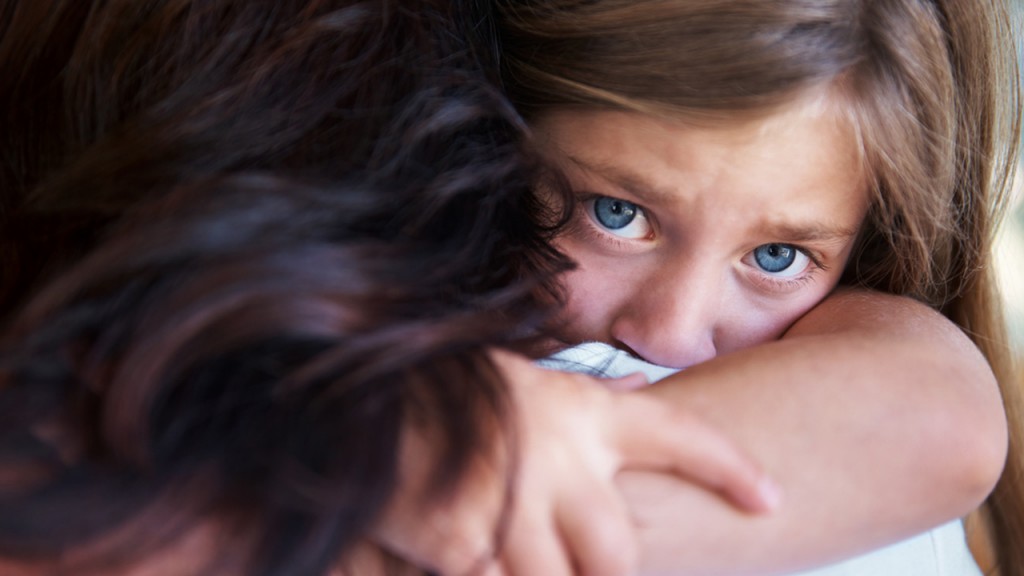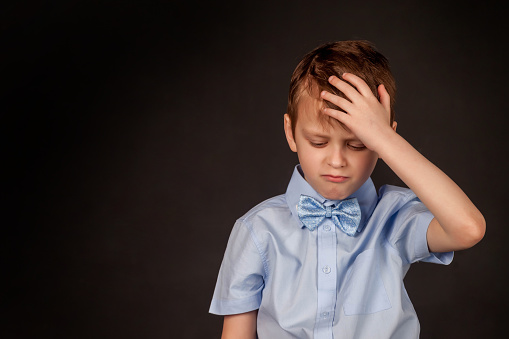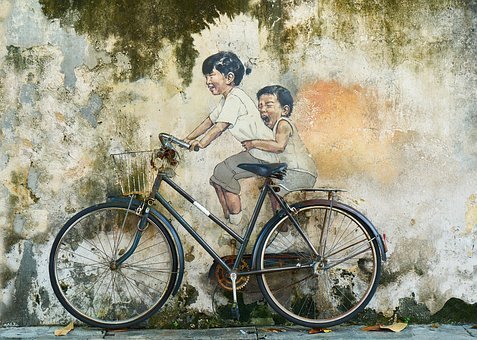
What is considered child abuse?
Social workers, police officers and other child-care professionals operate under set, shared guidelines. Child abuse is an umbrella term that includes five types of maltreatment—physical abuse, sexual abuse, emotional harm, neglect and exposure to family violence. Jessica Allen*, a registered social worker in British Columbia who spoke on the condition of anonymity (her employer has a strict media policy), explains that child abuse is defined as behaviour or actions that cause some kind of physical, sexual or emotional harm—threatening a child’s safety, survival, development, self-esteem or ability to thrive. “What wouldn’t be considered child abuse or neglect is parenting in poverty—this is not, automatically, neglect, although it can be a contributing factor,” she says. “Neither is losing your temper once and yelling at your child in an isolated incident.”
What is physical abuse?
Physical abuse is deliberate physical force, including severe punishments that unintentionally injure a child: hitting, shaking, punching, kicking, biting, pushing, choking, grabbing, slapping, burning.
Physical signs: bruises; fractures; bite marks; welts; cuts; injuries in various stages of healing; injuries inconsistent with a child’s developmental stage.
Behavioural signs: child can’t remember or explain injuries; aggressive and withdrawn; compliant; nervous around adults; flinches if touched; afraid to go home.
What is emotional abuse?
Emotional abuse is ongoing, psychologically damaging behaviour including humiliation, name-calling, threatening, emotional neglect, rejecting, criticizing, isolating, insulting and exposure to domestic violence.
Physical signs: psychosomatic complaints like stomach ache, headache, nausea; bedwetting.
Behavioural signs: depression; acting withdrawn; aggression; biting, sucking or rocking; trouble sleeping; phobias; obsessive-compulsive disorders; developmental delays; overly compliant; speech disorders.
What is sexual abuse?
Sexual abuse is any form of sexual conduct or exploitation directed at a child by someone who has power (older, stronger, etc.), including forced touching, exposing genitals, fondling, intercourse, oral sex, forcing a child to watch or participate in pornography, or sexual exploitation online.
Physical signs: stained underwear; injuries or itching in genital/anal areas; pain urinating; genital discharge; UTIs; excessive masturbation; STDs.
Behavioural signs: unusually advanced sexual knowledge; age-inappropriate or sexually explicit drawings, play with toys, or sexual acts; sleeping disorders; running away; poor relationships with peers.
What is neglect?
Neglect is the inability or unwillingness to provide the basics: food, clothing, shelter, supervision, feeling of safety; medical attention.
Physical signs: pale; malnourished or underweight; tired; poor hygiene; inappropriate clothing for weather; inappropriate school lunches.
Behavioural signs: frequent absences; listlessness; hunger; begging for food; stealing; mentioning lack of supervision at home.
What about spanking?
Although studies say it can cause long-term developmental damage, under Canadian law, parents are allowed to spank their children, and it only applies to tots older than two and tweens younger than 12. (Section 43 of the Criminal Code says parents can use “reasonable” force to physically discipline kids—so you can’t use a belt, or swat a kid in the head, for example.)
What if you witness child abuse?
Maybe it was a kid being berated by a parent in the mall; or a toddler slapped upside the head for not listening to Mom; or a father threatening his kid with the belt when his kid misbehaved at the park. What is a bystander’s responsibility? Should you intervene? Call 9-1-1? And how do you know whether you’ve witnessed a one-time lapse in judgment—that parent’s worst parenting moment—or a clear indication of a larger and ongoing problem?
That’s tricky, Allen says. “There’s a lot of stress on parents these days. Many reports I hear of public abuse are of parents yelling, maybe even hitting their child,” she says. “If, for example, a child is alone in a car and you cannot find a parent or the adult responsible for the child, call 9-1-1. If you locate the adult and she appears grateful that someone was concerned and she acknowledges her lack of planning or good decision-making, it may not need to be followed up with a report.” Allen says a bystander gently intervening and offering to help can be positive. If you spot a parent shouting at her child in a supermarket parking lot, you might try diffusing the situation by saying, “It’s tough shopping with kids. Need a hand getting your groceries in your trunk?”
If you’re worried about meddling in another parent’s business, don’t be. It’s our job to pick up the phone and report what we’ve seen, then leave it to social workers to decide what happens next. “These incidents should be reported so social workers can follow up and assess if the incident is an indicator of a pattern of abuse or neglect, or simply a lack of parenting skills, a result of exceptional stress or some other explanation,” Allen says. The same goes for making a report about someone you know, like a neighbour or your kid’s friend’s parents. It’s tough to know when to intervene in these situations, but the same duty applies: Report what you’ve witnessed and let the pros take it from there.
“It’s not your job to be sure of—or to investigate—the abuse, but it is your job to make that call,” says Karyn Kennedy, the executive director of Boost Child Abuse Prevention and Intervention, an advocacy and awareness organization in Toronto. “If you make the call and you’re wrong, that’s the best-case scenario. If you don’t make the call but there is abuse, the results could be devastating.”
If you witness the abuse when you’re with your own kids, experts say it’s best to offer an explanation. It can be very confusing for a child to see a parent behaving badly and breaking rules that children are expected to follow (like “no hitting”).
“Start by telling your child that what the parent did is wrong, and that children don’t deserve to be hit—no one has the right to hit anyone else,” says Kennedy.
Registered psychotherapist Kylee Goldman adds that children also need to be reassured that they’re safe. “Often kids who see abuse worry that they could be harmed, too.” She advises saying something like this: “Sometimes we have really happy feelings and we smile or laugh, and sometimes we have really angry feelings, too. Sometimes when people are angry, they say things that aren’t nice and hurt our feelings. And sometimes they forget to use their nice words and hurt other people with their hands or feet. It is never OK for anyone to hurt someone else. If you see someone getting hurt, find an adult like your parents or teacher. They will make sure the child is safe and that the adult learns better ways to show their feelings.”
Source: https://www.todaysparent.com/kids/kids-health/preventing-child-abuse/

 KSA
KSA Bahrain
Bahrain UAE
UAE Qatar
Qatar Jordan
Jordan Egypt
Egypt Turkey
Turkey South Africa
South Africa




(2) Comments
Che
Che